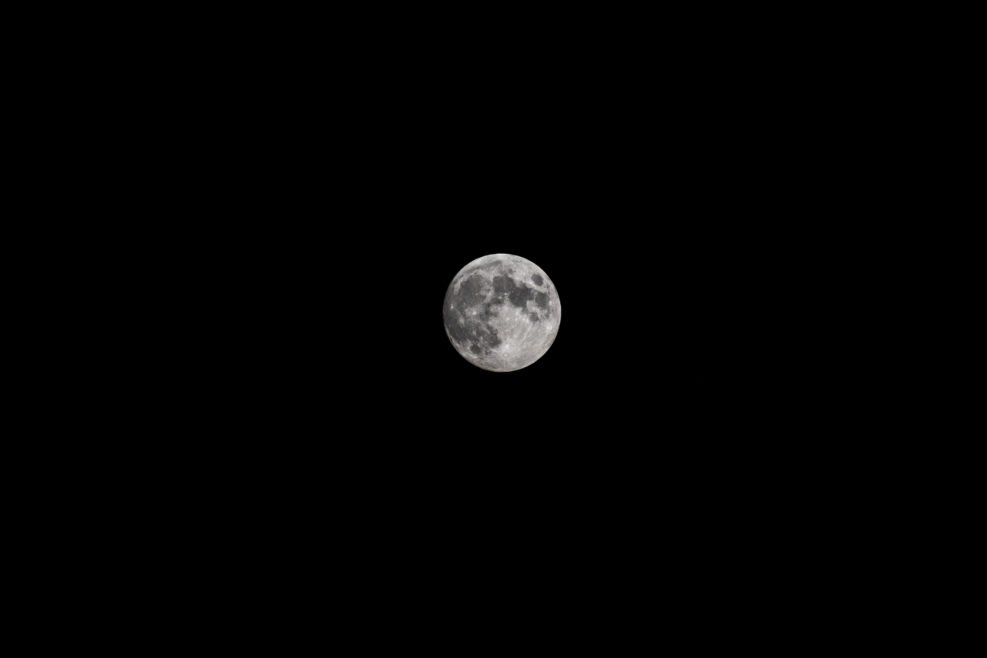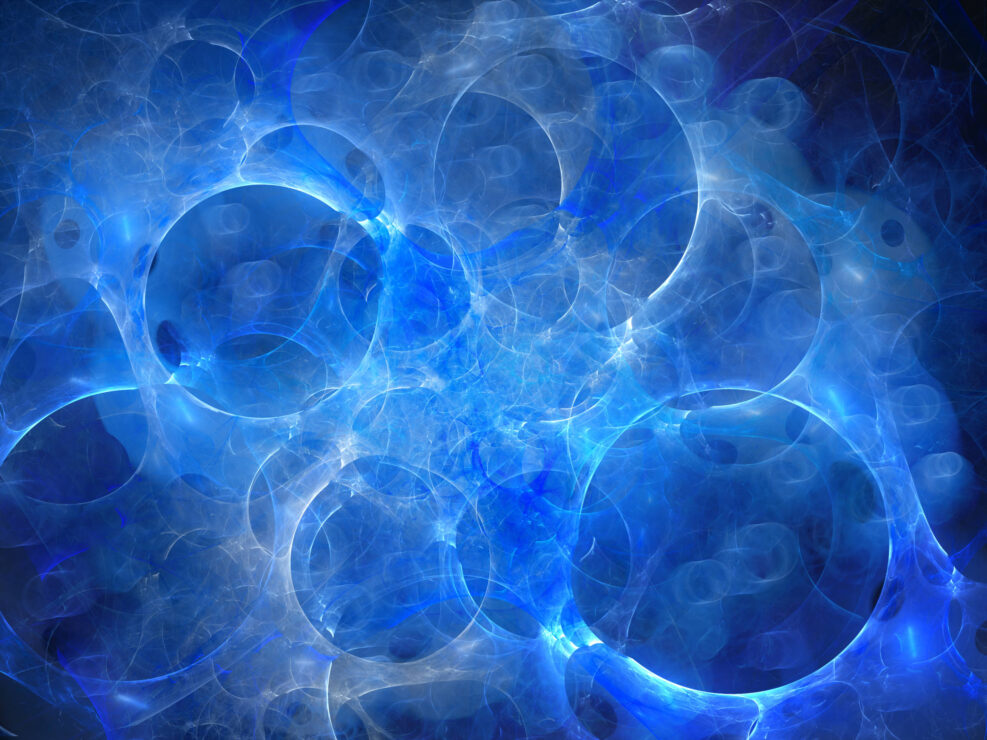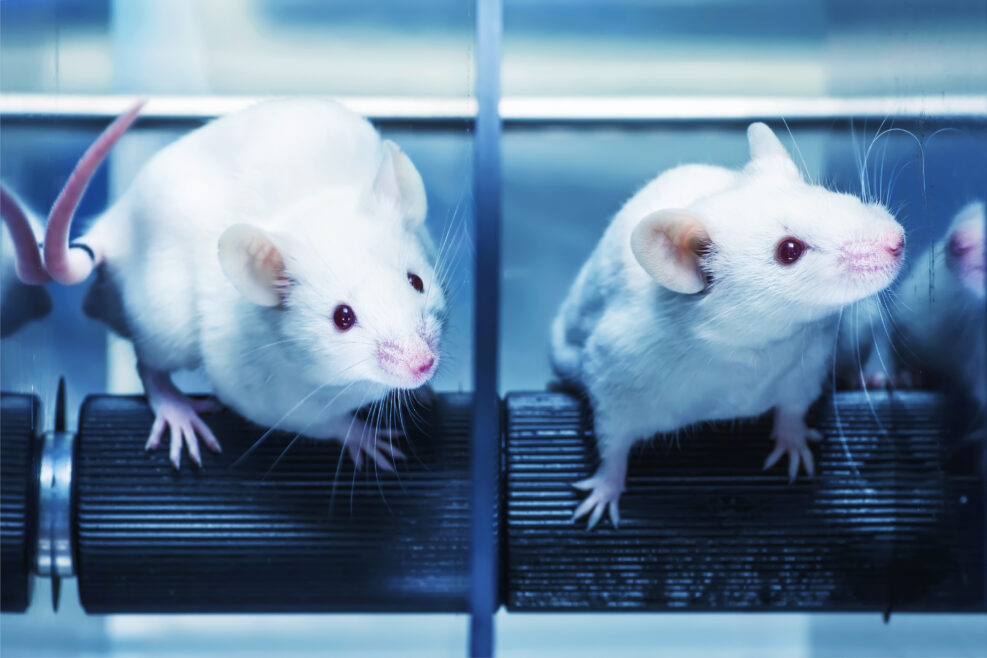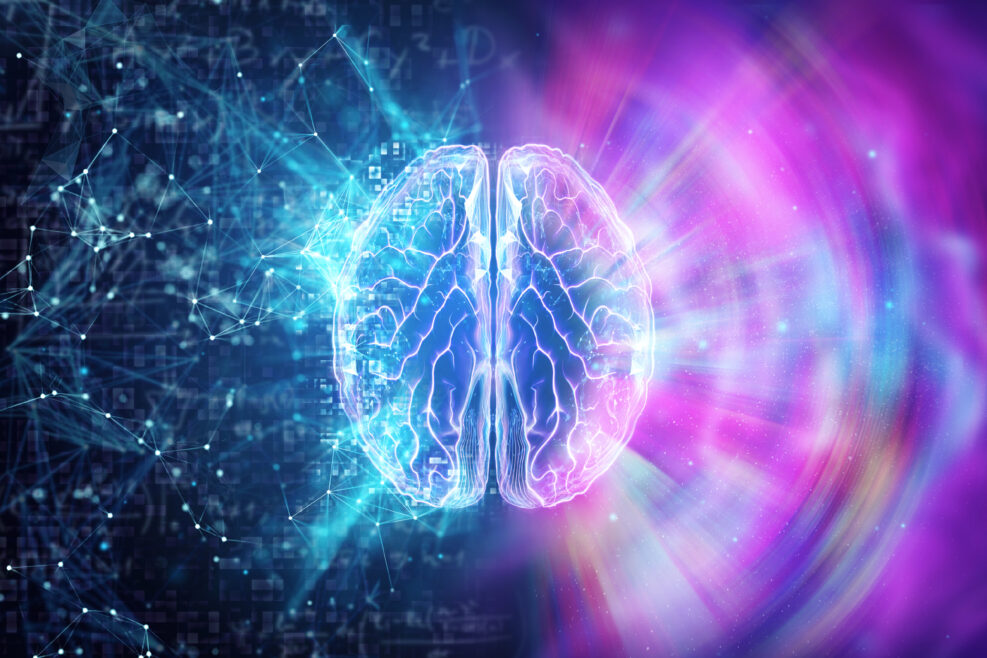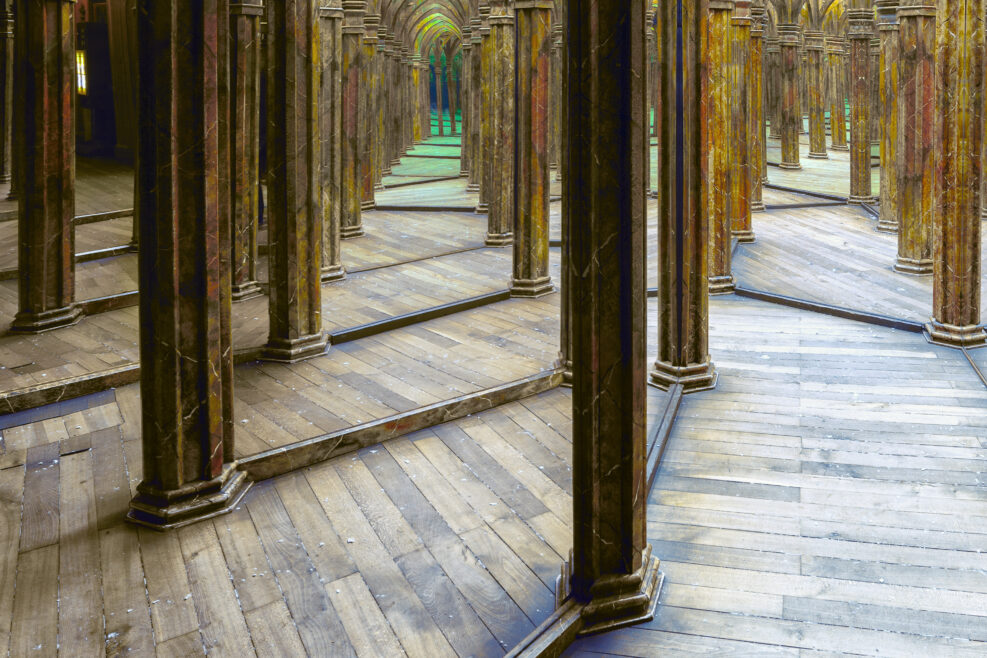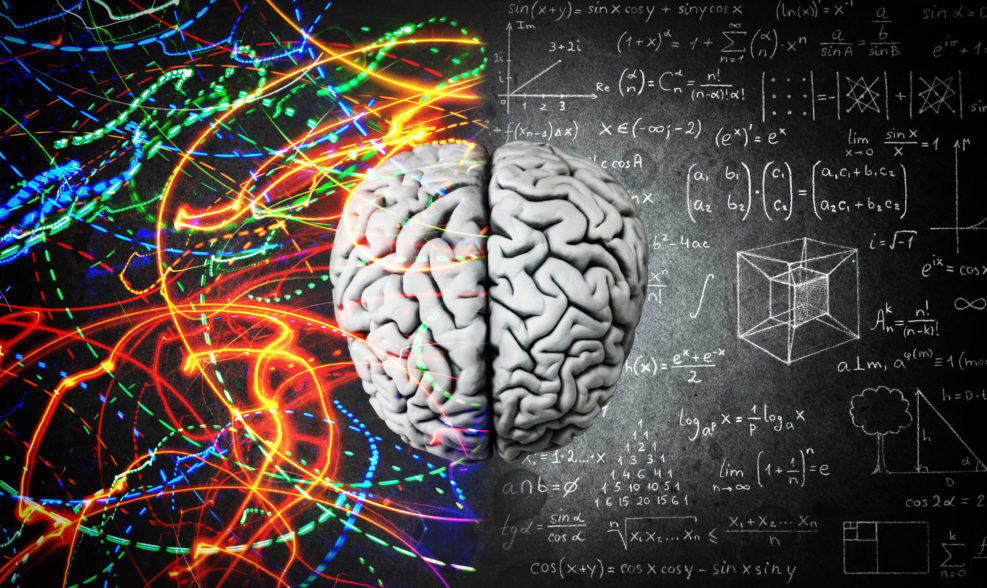
When a Neurosurgeon and a Biologist Keep On Arguing…
… we suspect some pretty basic science issues are involvedIn a recent ID: The Future podcast (June 24, 2022) Casey Luskin interviews pediatric neurosurgeon Michael Egnor on his blogosphere debates with evolutionary biologist Jerry Coyne. Egnor, who has authored many research papers, espouses a non-materialist view of the mind — and of life in general — with which Dr. Coyne, a committed atheist, emphatically disagrees. Here’s a partial transcript from “A Brain Surgeon Debates Evolutionist Jerry Coyne and Other Atheists”: Casey Luskin: We’re going to talk about these debates you’ve had with Dr. Coyne and others. Some of the arguments you’ve made, I think, have been very compelling. But before we get into that, I’d like to ask, why do you focus your writing so much on Dr. Jerry Read More ›
